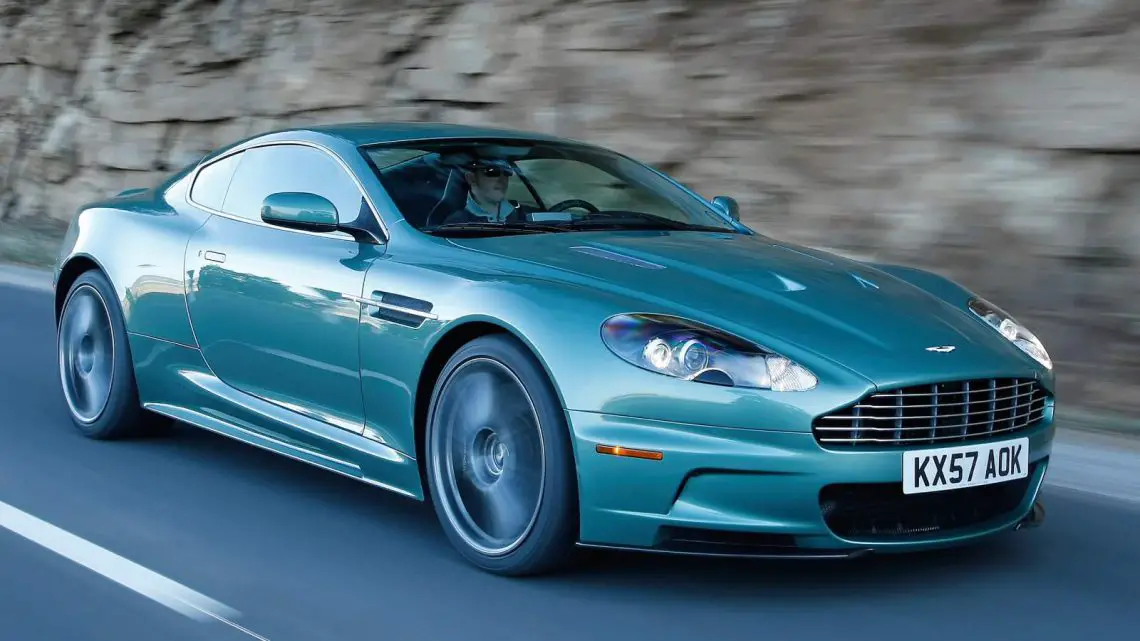Aston Martin DB9 – Everything you need to know.
Aston Martin DB9
At the 2003 IAA in Frankfurt, Aston Martin pulled the curtain off the DB9 Vantage, the successor to the DB7. Whereas the brand’s earlier DB models all had consecutive numbers, they skipped the ‘DB8’ designation. This was not pure randomness: Aston Martin thought the DB9 was such a leap forward from the DB7 that they felt the distance between model designations should also represent a bigger jump. The DB9 then held up – with a few interventions in between – for a long time. It was not until 2016 that successor DB11 appeared on the scene.
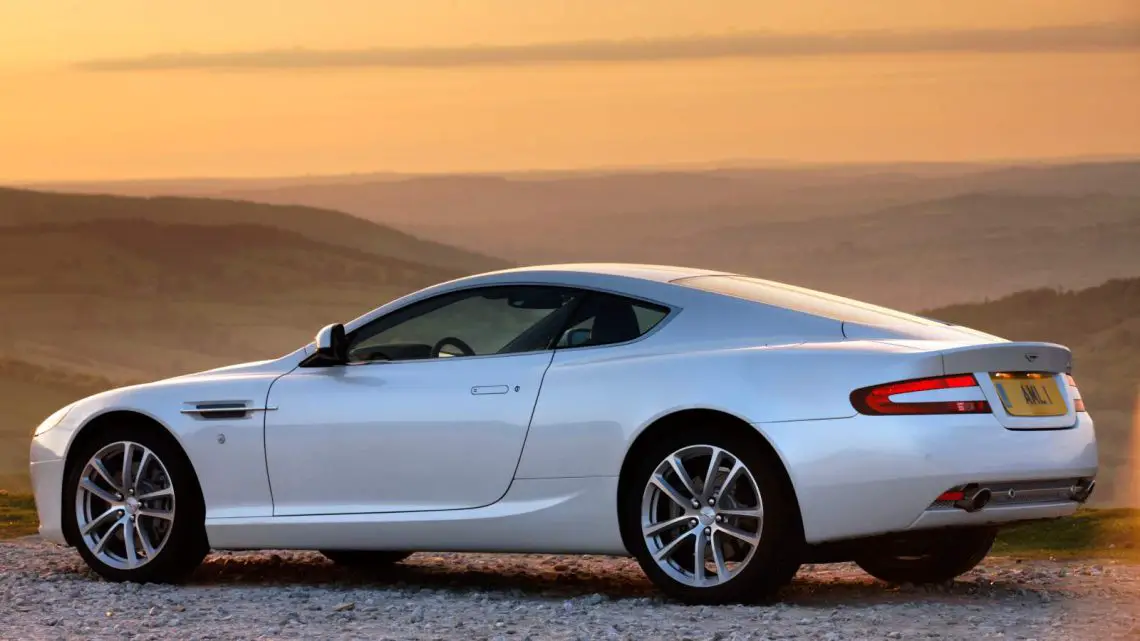
Vantage and Volante
The DB9 Vantage was allowed to spearhead Aston Martin’s new model. In terms of lines, Ian Callum and Henrik Fisker’s design is a true traditional GT: long hood, sloping windshield, low roof and a relatively short butt. The DB9 is a 2+2, which means you have two more “seats” behind the front seats. Indeed, in quotation marks, because you can really only fit small children on these chairs. In practice, it is mainly a convenient place for some extra luggage.
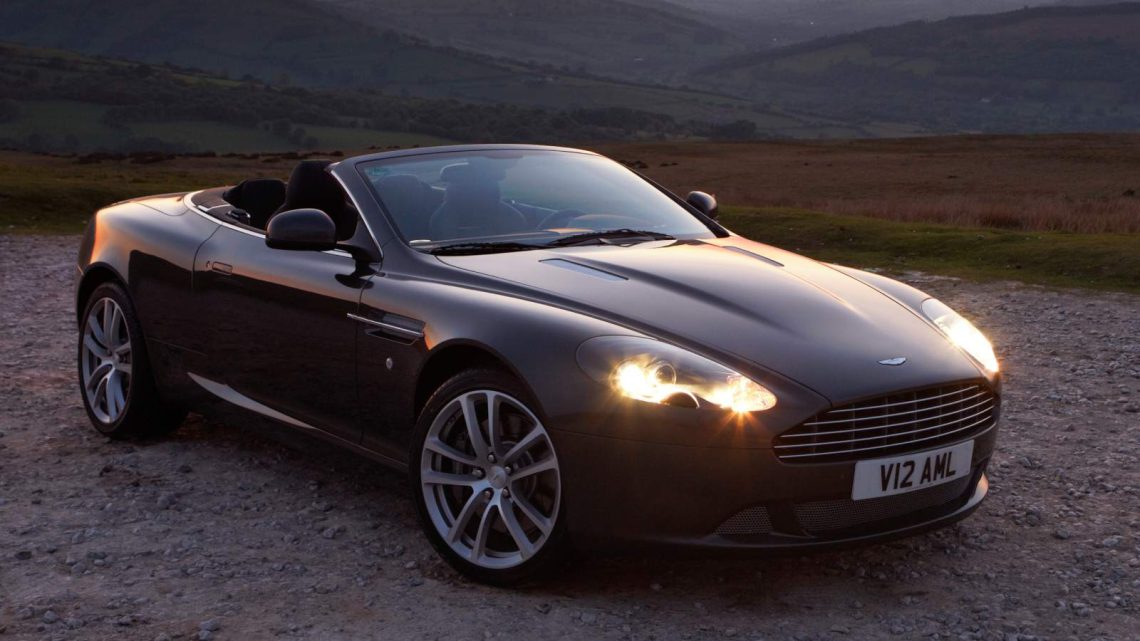
One year after the introduction of the Coupe, Aston Martin added the DB9 Volante to its lineup. This is the convertible version of the DB9 with a power-folding soft top instead of a fixed roof. That soft top minimizes the impact on weight and luggage space. In the trunk of the DB9 Volante you can put only 20 liters less than in the Vantage, the difference in weight is 120 kilograms in favor of the Vantage.
Always a V12
In terms of engine choice, with the DB9 it can be anything, as long as it is a twelve-cylinder. Aston Martin didn’t settle for less with the model. A very exotic background has the 5.9 V12 with engine code AM11 – which was also already in the DB7 – by the way: the engine consists of two Duratec V6s from Ford knotted together. When the DB9 was introduced, the powerplant was good for 450 hp and 570 Nm of torque. Combined with the six-speed manual transmission, that power is good for a 0-100 km/h sprint in 4.9 seconds. With the six-speed sequential automatic, that same sprint takes 0.2 seconds longer.
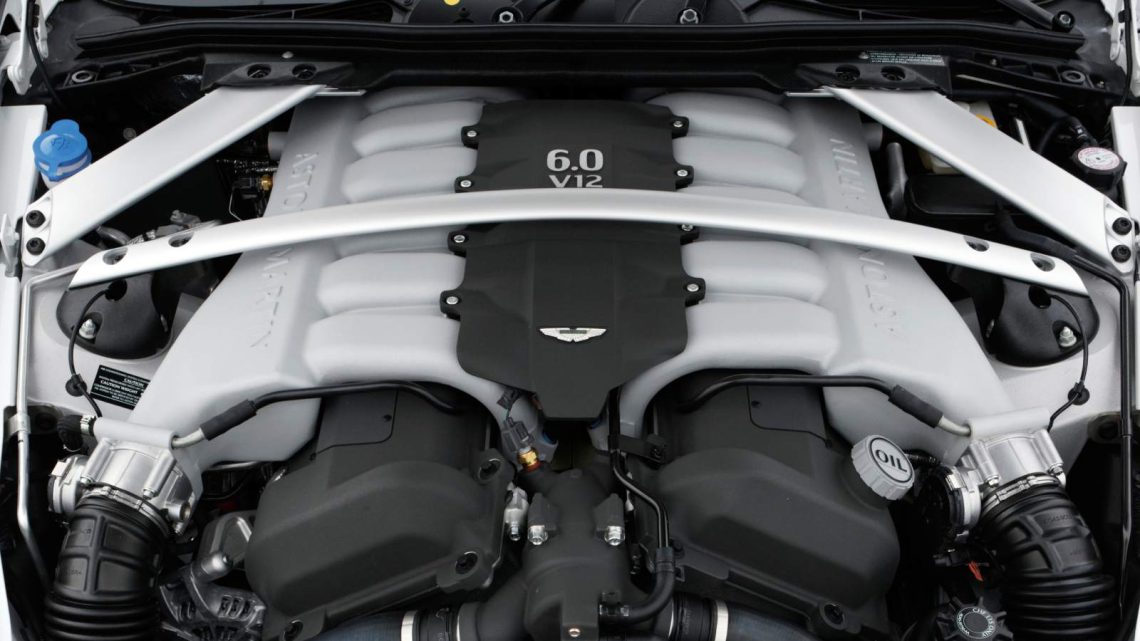
Starting with the 2008 model year, the V12 added 20 hp and 30 Nm of torque, bringing the total to 470 hp and 600 Nm. A bigger power increase came with the facelift in 2012. From then on, the DB9’s power output of 517 hp towered above the magic 500 hp mark for the first time. This also gave the DB9 as much power as the DBS. More on that later.
face lift
Aston Martin made few, if any, changes to the DB9’s design between 2003 and 2012. It was not until 2012 that the design department erased the DB9’s front end and the headlights, grille and front bumper were given a different, tighter-lined shape. That face was already known then from the Virage, the 2011 model that Aston Martin positioned between the DB9 and the fiercer DBS. In the end, the Virage proved too little to coexist with its older brothers, so just one year later they scrapped the Virage and the DB9 took its place. With that, the curtain also immediately fell on the original DB9.
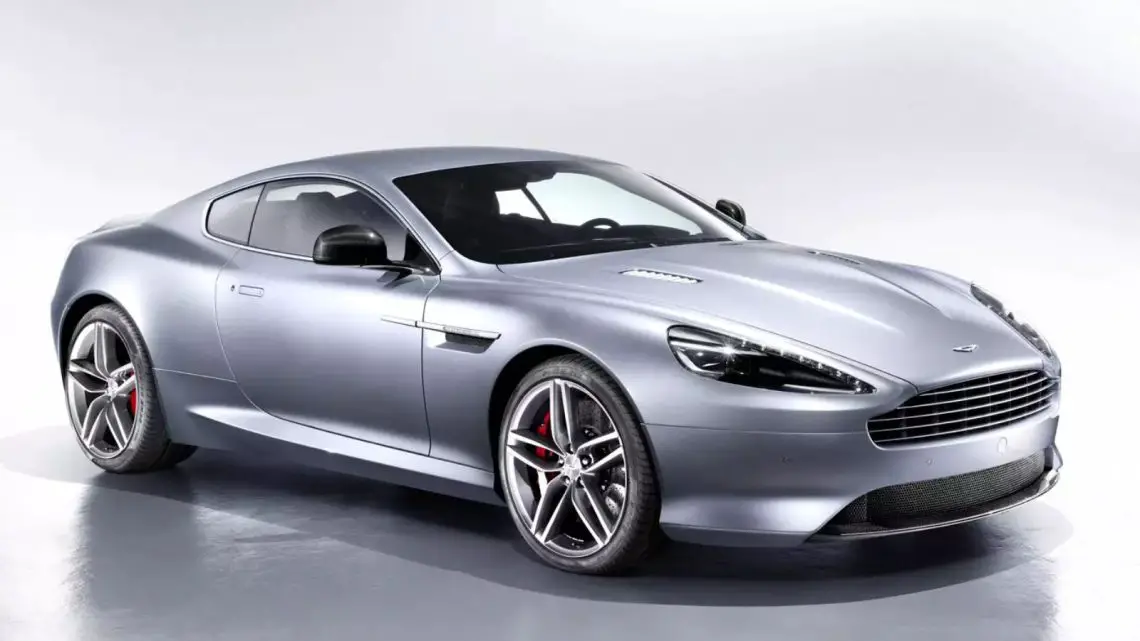
Three Common Problems Aston Martin DB9
The common problems with the Aston Martin DB9 must be sought primarily in the engine compartment. In addition, the DB9 is now quite old, which means that rubbers may have dried out or certain other parts may have worn out due to age. Rust is fortunately not an issue on the DB9, as the bodywork is constructed mainly of aluminum and composite.
- Oil consumption. The V12 is known to take a sip of oil. Therefore, check the oil level regularly. If the engine rattles on a test drive, it usually means that internal engine components were damaged because the oil level was too low. In that case, walk around the car with a wide bow.
- Leaking trunk. Water may leak into the DB9’s trunk. This is caused by the seal around the third brake light, which must be replaced in that case. Check this carefully, as water damage can have nasty consequences for electronics.
- Prone to stone chips. The nose of the DB9 picks up stones quickly. If not repaired properly, it can lead to corrosion of the aluminum. Thus, it is recommended to apply a protective film.

DBS: the car of James Bond
The superlative of the Aston Martin DB9 is the Aston Martin DBS, which featured in the Bond films Casino Royale and Quantum of Solace. The DBS entered the market in 2008 and immediately became Aston Martin’s new flagship model. The DBS has the same V12 as the DB9, but with an output of 517 horsepower. Also, the DBS is 30 pounds lighter than the DB9 and more focused on sportiness.
